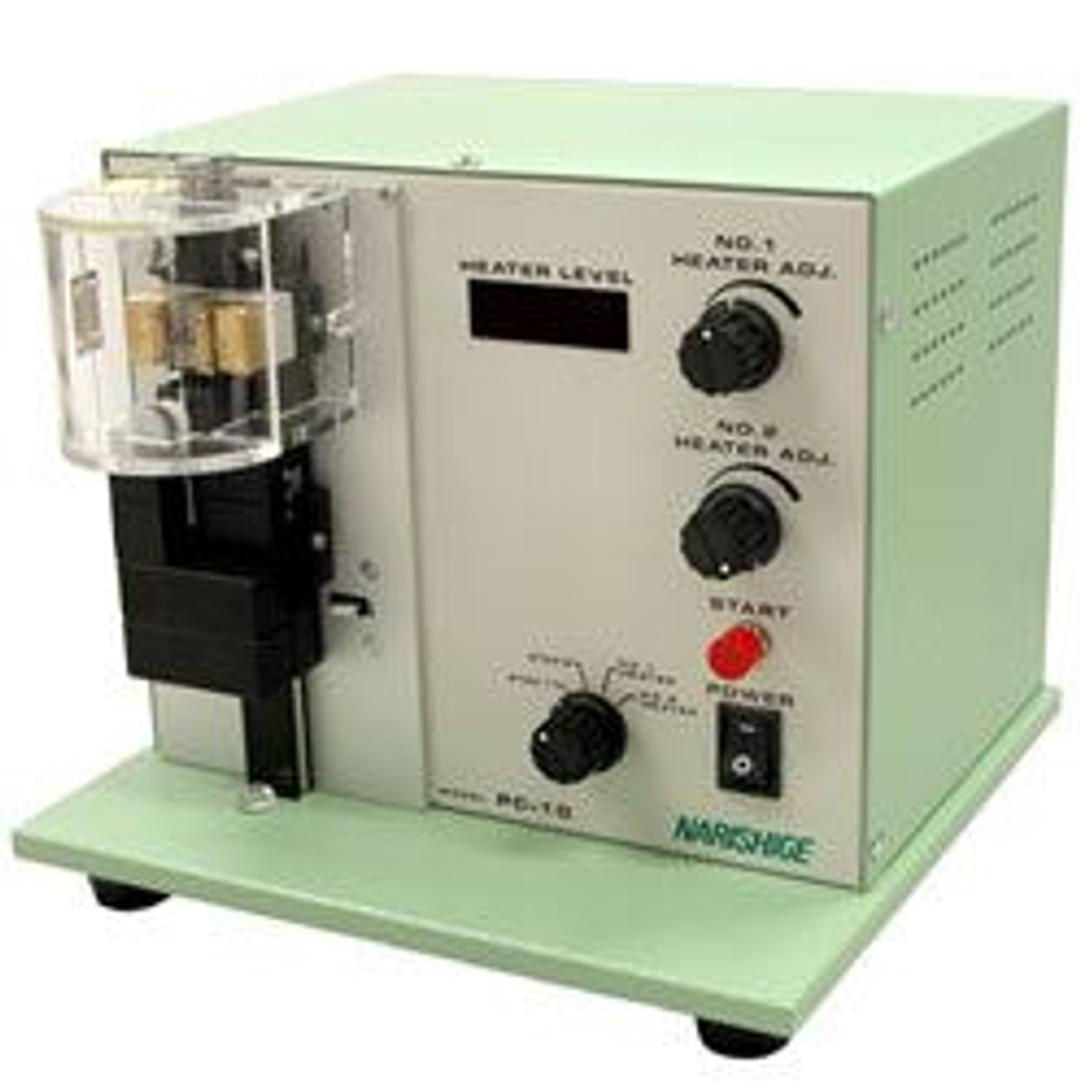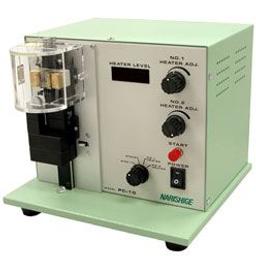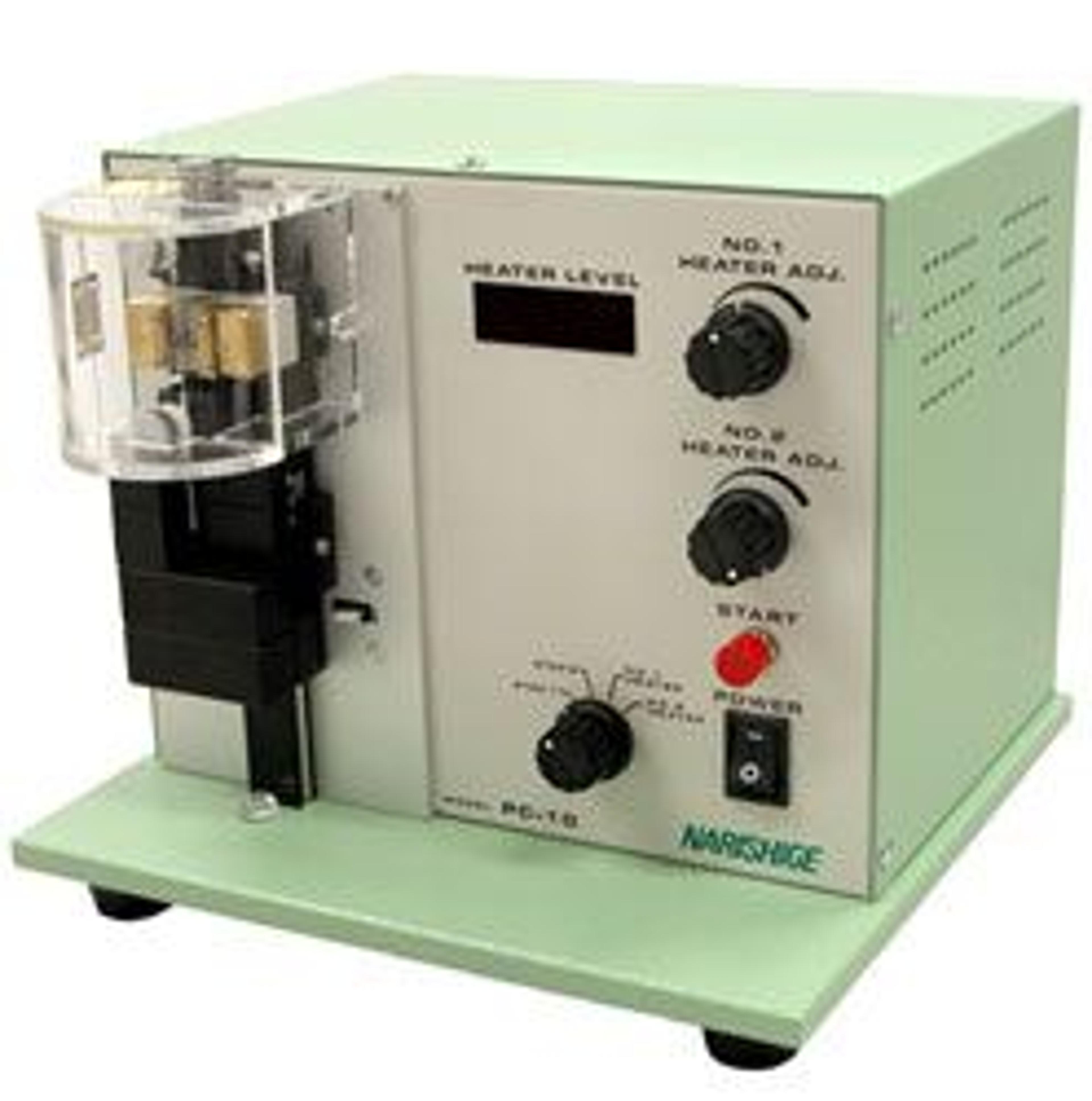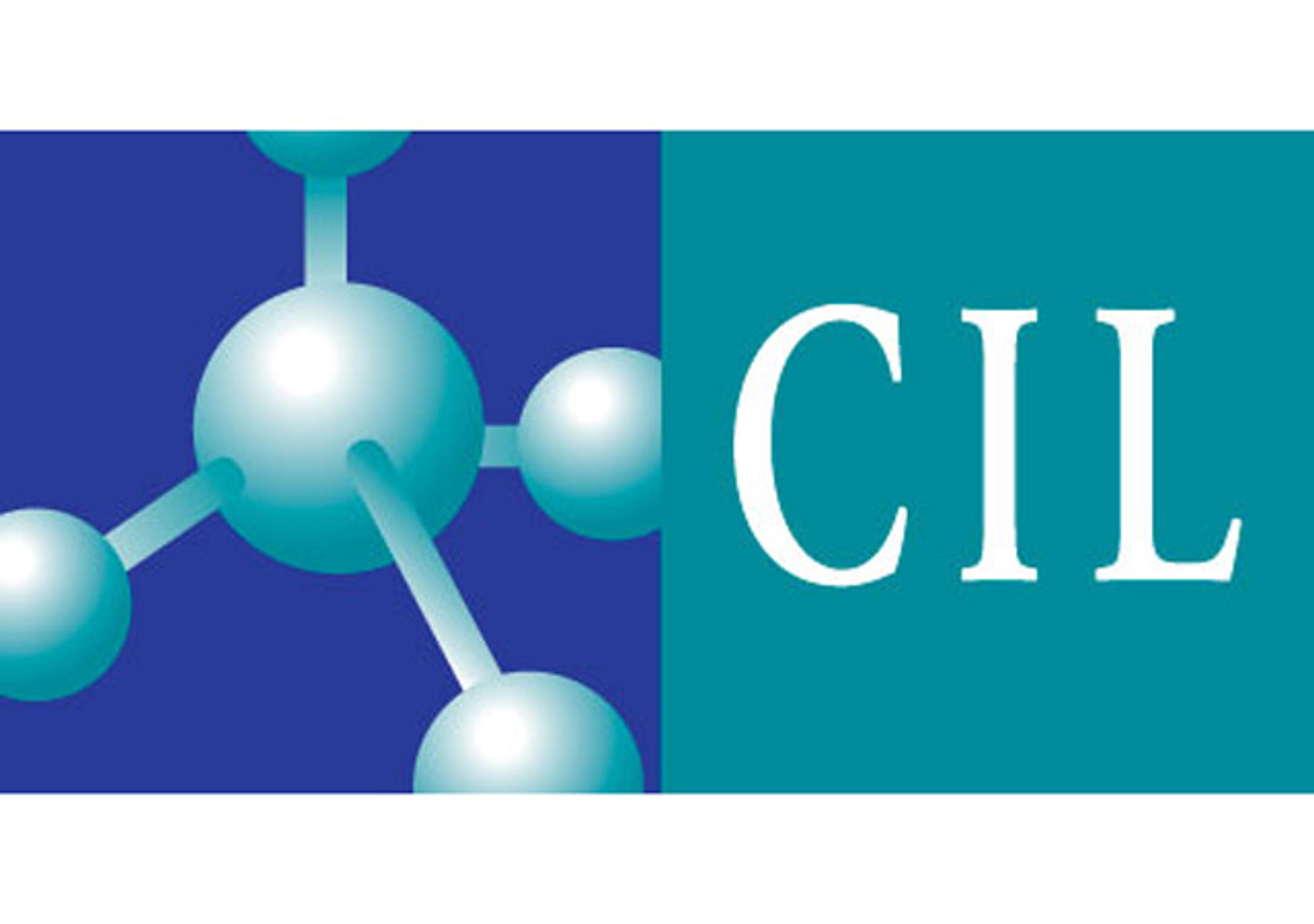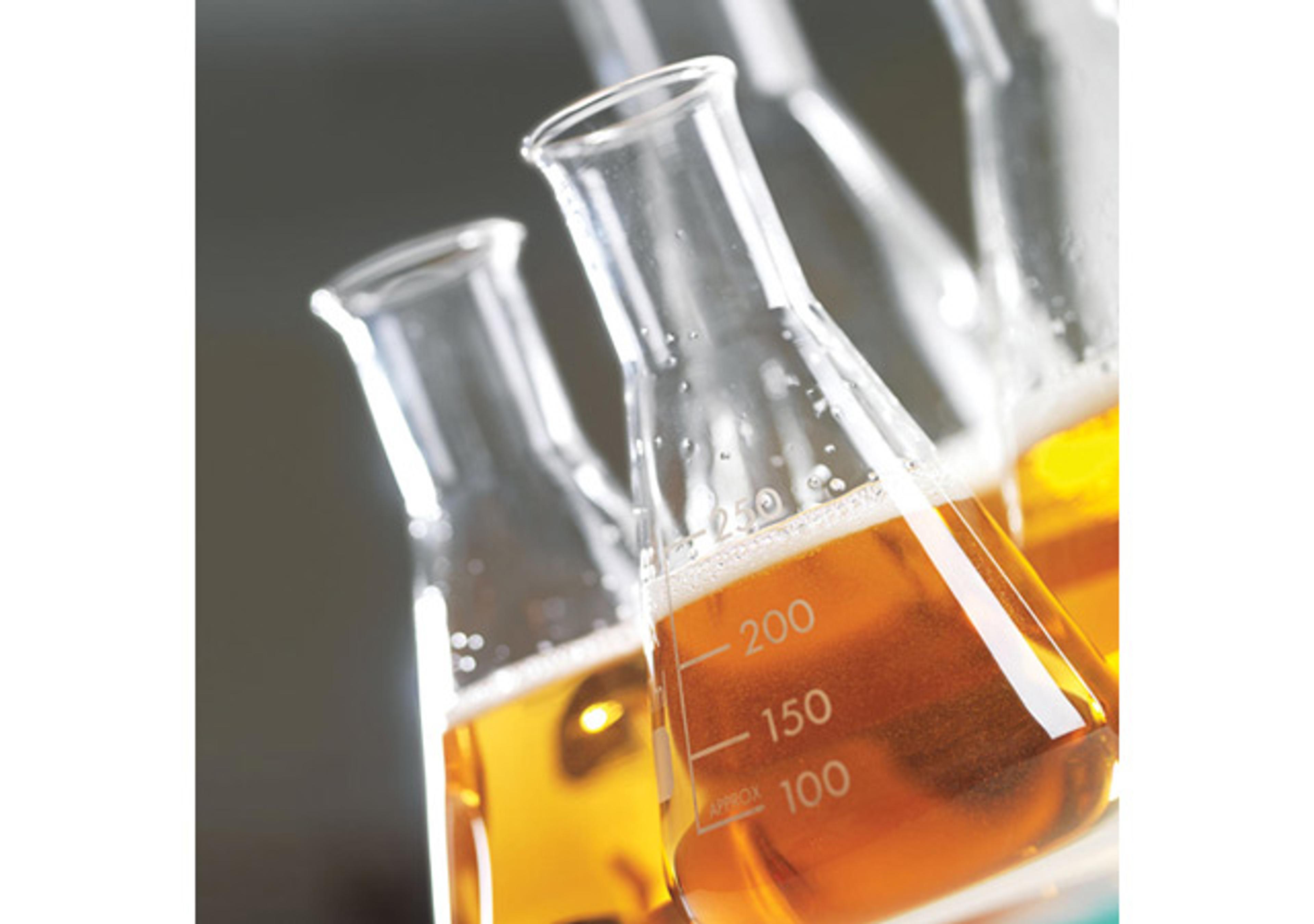PC-10 Puller
The PC-10 Puller pulls the glass capillary vertically, using the gravitational force of its own weight. For more versatility, this instrument has two modes: a single pull mode, which pulls at one stretch, and a double pull mode in which the setting is changed in mid-process. The PC-10 can therefore produce long, thin micropipettes for injection purposes, and firm microelectrodes for patch clamping. The change of setting in the…
The supplier does not provide quotations for this product through SelectScience. You can search for similar products in our Product Directory.
OK puller for experienced electrophysiologist
Electrophysiology
I used the Narishige puller for several years for whole cell patch clamp. Overall easy to use, but does produce pipettes with variability in several parameters (tip size, resistance, taper, etc.) I had to keep adjust the settings to get the pipettes I want. I'd only recommend it to someone who really knows what they're doing.
Review Date: 24 Nov 2015 | Narishige International
Electrophysiology
It is very easy to use and very cheap compared to other similar pullers. Also, with its small size, it is easy to move closer to your electrophysiology rig.
Review Date: 31 Jan 2013 | Narishige International
The PC-10 Puller pulls the glass capillary vertically, using the gravitational force of its own weight. For more versatility, this instrument has two modes: a single pull mode, which pulls at one stretch, and a double pull mode in which the setting is changed in mid-process. The PC-10 can therefore produce long, thin micropipettes for injection purposes, and firm microelectrodes for patch clamping. The change of setting in the double pull mode can be preset and then performed automatically, which represents a drastic saving of labor over conventional methods. Digital values, with the maximum output of the electromagnet and heater represented as 100, are shown on the display and the heater output is continually increased, making accurate mass production easier. This puller has several simple features to enhance ease of use, such as the employment of two weights (light and heavy) for tension adjustment.

